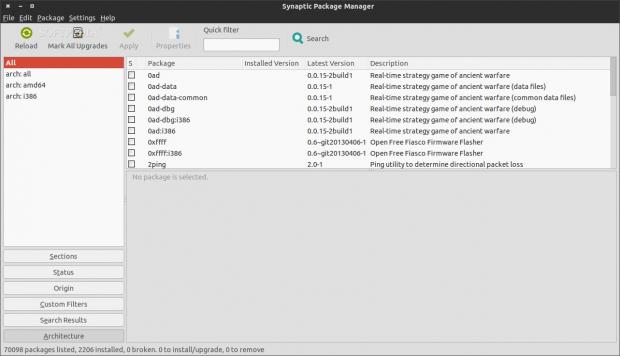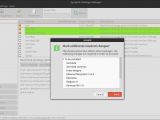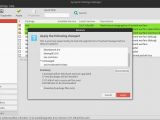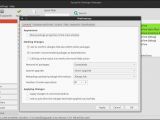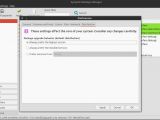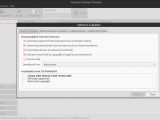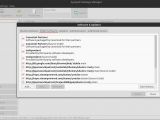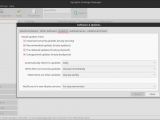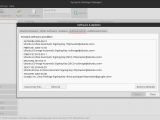Synaptic is a tool that allows users to manage the packages from a Linux distribution and that works best with Debian-based OSes. Its popularity has somewhat diminished in the last couple of years, but it's still an excellent application.
Just like a lot of applications on the Linux platform, Synaptic is actually just a graphical frontend for the Advanced Packaging Tool, which is used for the Debian package management system.
In principle, anything you can do with Synaptic can also be done from a terminal, as long as you have Advanced Packaging Tool installed (apt).
You might then wonder why go through all the trouble of using another application to do the same job you could have simply done from a terminal. The answer is simple: convenience.
With a graphical frontend you don't need to remember any commands or to browse through packages without the ability to find out more about them.
Synaptic was included for a long stretch in Ubuntu distributions, but Canonical developers have decided that they don't actually need to have it installed by default. After it got removed from Ubuntu (not from the repositories), Synaptic started to get pushed aside.
Installation
We tested Synaptic version 0.80.4, which can be found in the official Ubuntu repositories. Also, this is not the build you would normally get from the source package, it's a modified version which is supported by Ubuntu community.
In any case, you can either install Synaptic from the Ubuntu Software Center (this application eventually replaced all the functions of Synaptic), or you can do it from a terminal. If you choose the terminal, you will need to enter the following command:
sudo apt-get install synaptic
When the installation is completed, you will find the application in the Dash search. You will also need to be root, otherwise you won't be able to do anything with it.
Usage
After you provide the root password, you will get a simple interface, listing all the packages in the repositories. On the left side there is a small pane with the categories and various filters that should help you see what is installed.
On the top bar there are a few large buttons, with functions that are fairly obvious: Reload, Mark all Upgrades, Apply, Properties, Quick Filter, and Search.
Most of the time you will use the quick filter search to find whatever you need. Let's suppose that you are looking for a particular application. You search for it, mark it for installation (Synaptic will identify all the dependencies), and hit Apply. The installation process is simple and straightforward.
You might also want to check the Preferences. Besides some simple options which have to do mostly with the interface and which are boring, there are also a few that are about what kind of updates you want.
Most of the time, the default settings are sufficient, but you can also choose how to remove the packages, how to perform a system upgrade, and a few others.
Synaptic also comes with an option called Repositories, which will open the Software & Updates. From here you can choose the mirror for the repositories, the type of updates, and manage your PPA entries, among other important things.
The Bad
The Good
In Synaptic this is no longer a problem. When you hit search, it will always provide the correct answer, as long as you got at least part of the name right.
 14 DAY TRIAL //
14 DAY TRIAL // 
